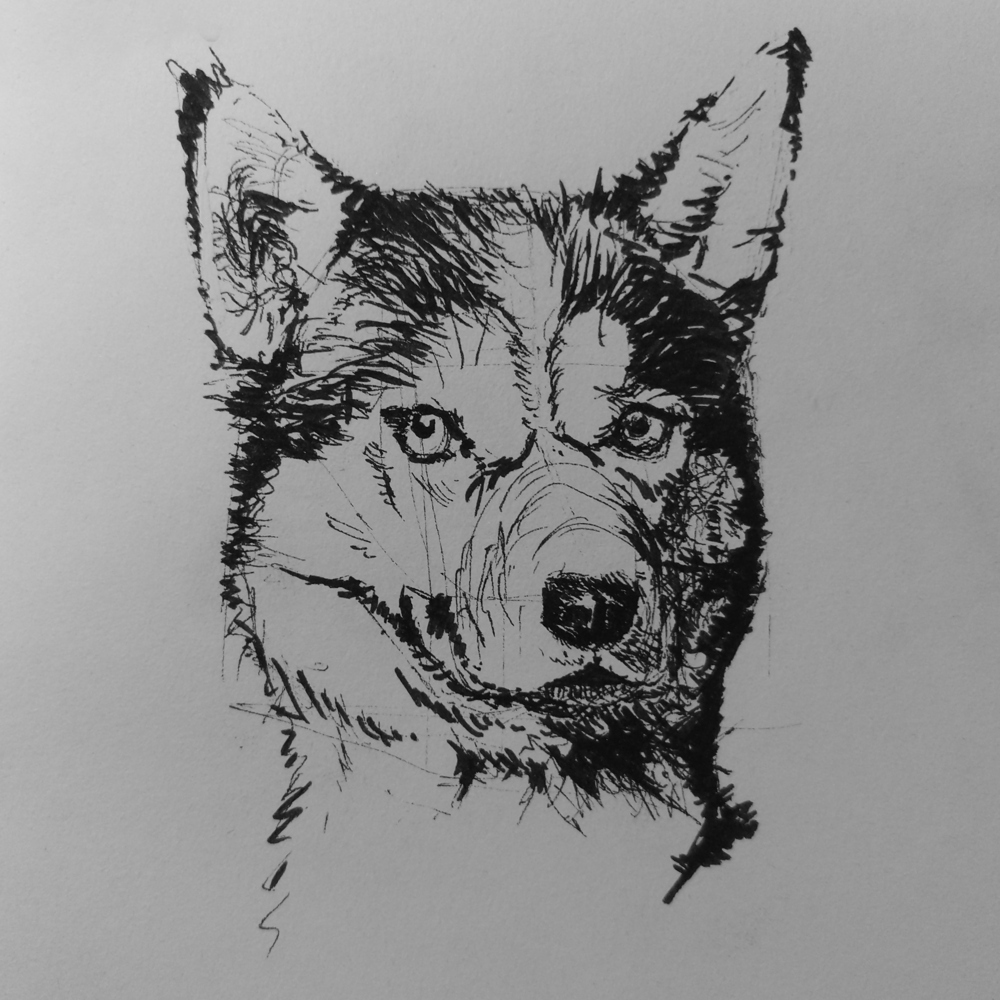This post is about my experience of learning to draw. The adventure started in 2017 when I started reading “Drawing on the Right Side of the Brain”. I was impressed. The book did what it claimed and taught me how to draw. Almost all the exercises were fun and produced nice results. For a while, I couldn’t wait to come home and start putting marks on paper.
After finishing the book, I picked up “Artist’s Complete Guide to Drawing the Head”. I was equally impressed. There weren’t many exercises. But the techniques that was taught in the book helped improve the quality of my portraits significantly.
At this point I was feeling confident. I had a recipe for producing a good drawing. The recipe had a big emphasis around measurement and observation techniques, such as looking at the proportions and negative spaces. But I kept asking myself, what should I do with the skills I learned? What I wanted to do was to draw for pleasure, but having to always act like a photocopier is not always pleasant. I wanted to draw from imagination. Andrew Loomis’ head drawing technique was my starting point. But I have to try and guess the line details and shadow positions. The results never looked 3D, it was just patches of dark shapes and lines that resemble a face. It seemed that almost everything I learned did not apply to drawing from imagination.
Near the end of 2017 I was not happy with myself and stopped drawing. While I drifted from drawing tutorial to drawing tutorial (without doing any of them), I realised that drawing is simply creating an illusion. Putting 3D objects in my head on a 2D plane. What I learned from those booked did not teach me these skills.
“Analytical Figure Drawing” was the first book that taught me how to draw by construction, a systematic way to make realistic drawings from imagination. The book breaks down the human figure into simpler parts, for example a box for the torso and another box for the pelvis, and then build the figure from there. While drawing the boxes were not hard, I strugged to translate them into a realistic figure. Perhaps I lacked the intuition of how a complex 3D object should look like on a 2D plane. I still lack a lot of the basics.
Another year passed without any progress until I discovered drawabox. It looked like the resource I needed to understand 3D objects, step by step. But, as the author says, it’s not always going to be fun and and sometimes it’ll be frustrating. The 3D intersection exercise was particularly hard. I had to learn Blender and then use it to check whether my intersections were correct. To keep the experience interesting, I also experiment with the construction approach on my own. The best outcome so far is this husky.

For me, learning to draw turned out to be a process that needs a lot of preservation and hard-work. If you want to see results, start with “Drawing on the Right Side of the Brain”. Otherwise, I suggest the analytical/construction approach which is useful in any art style.